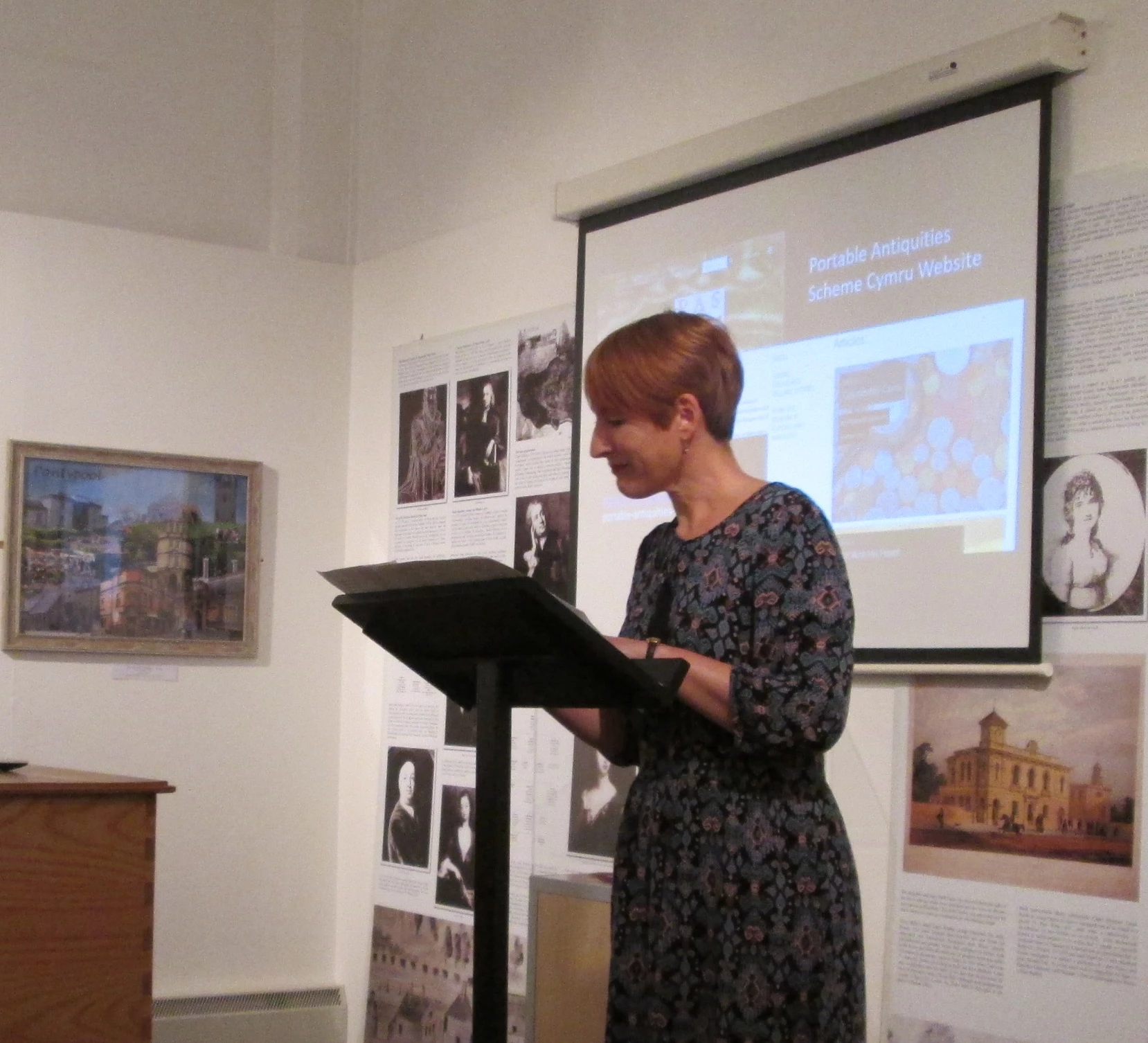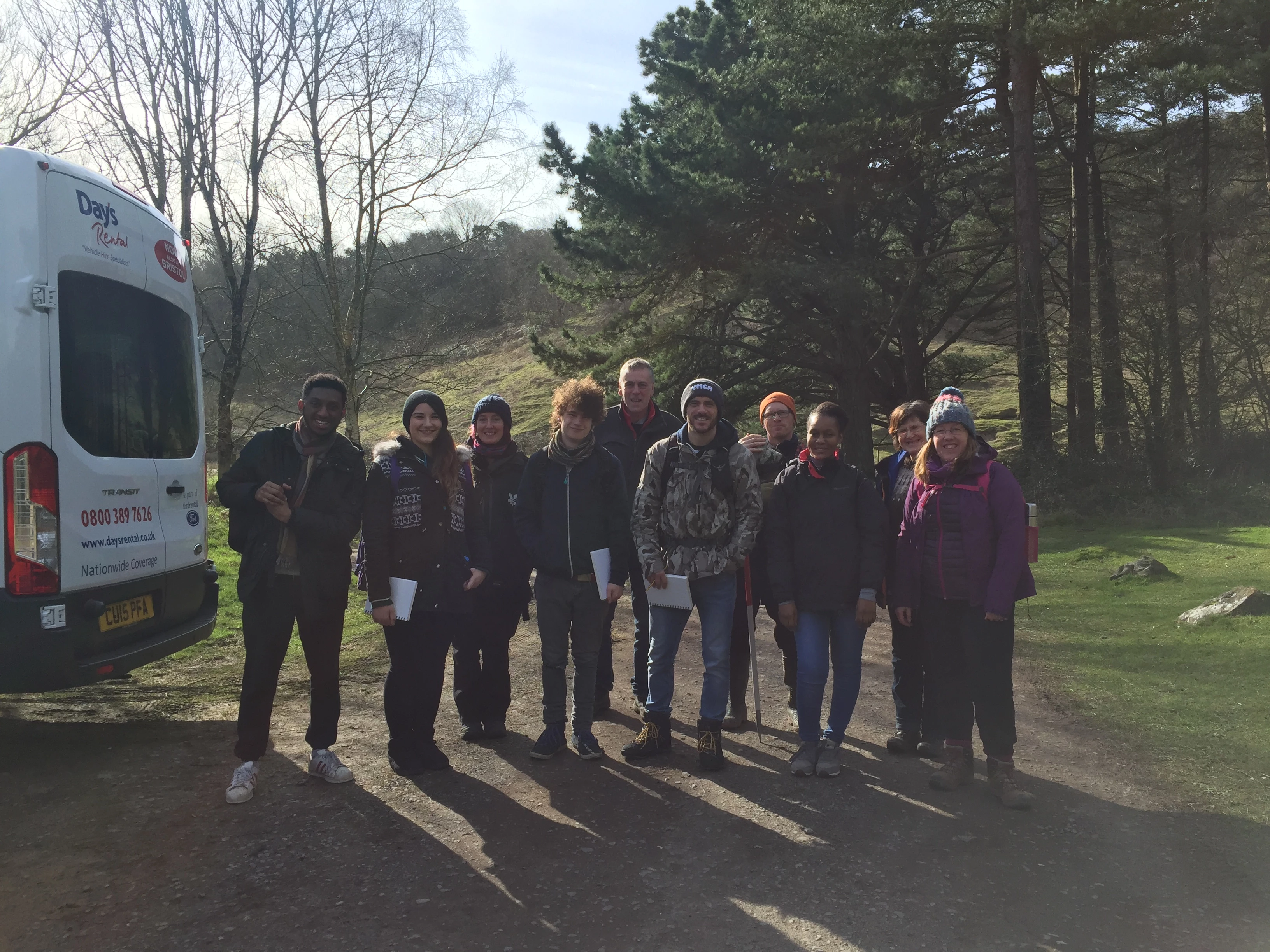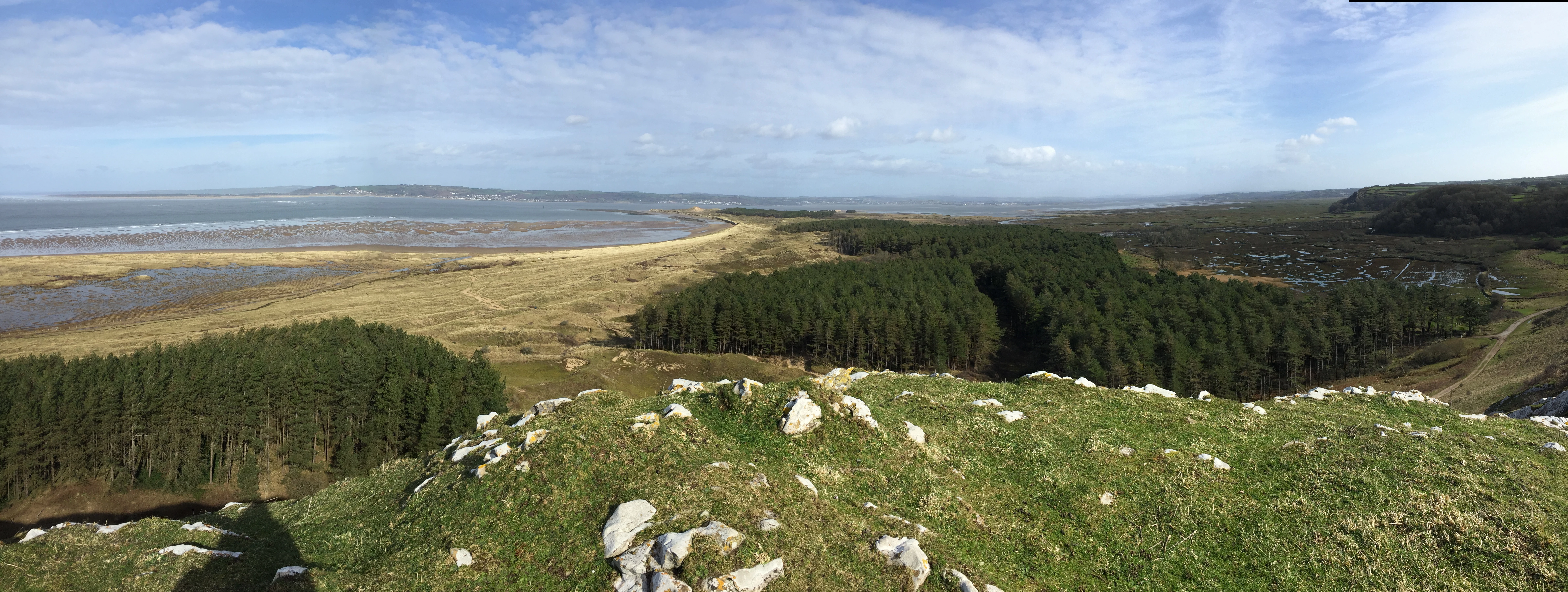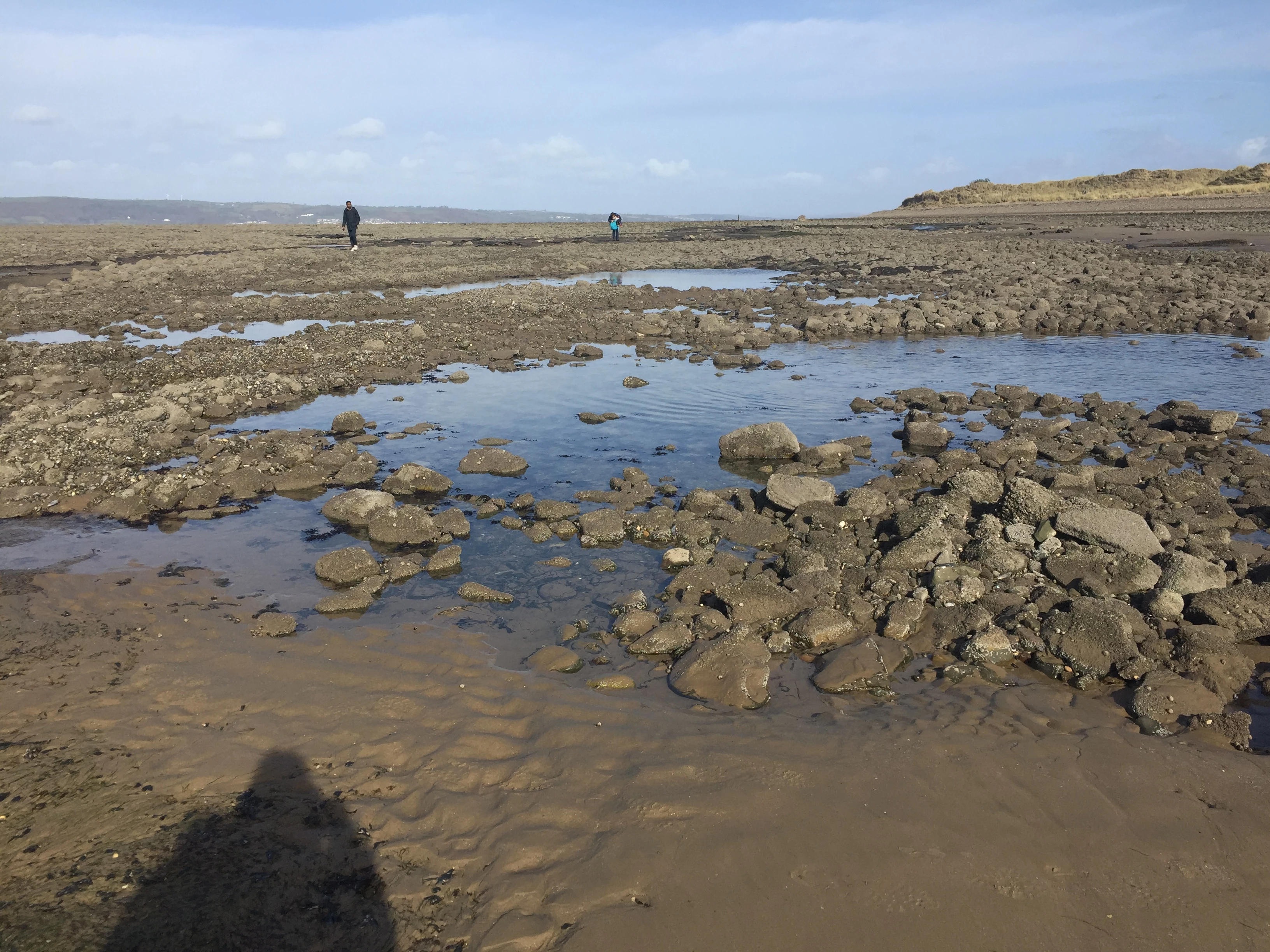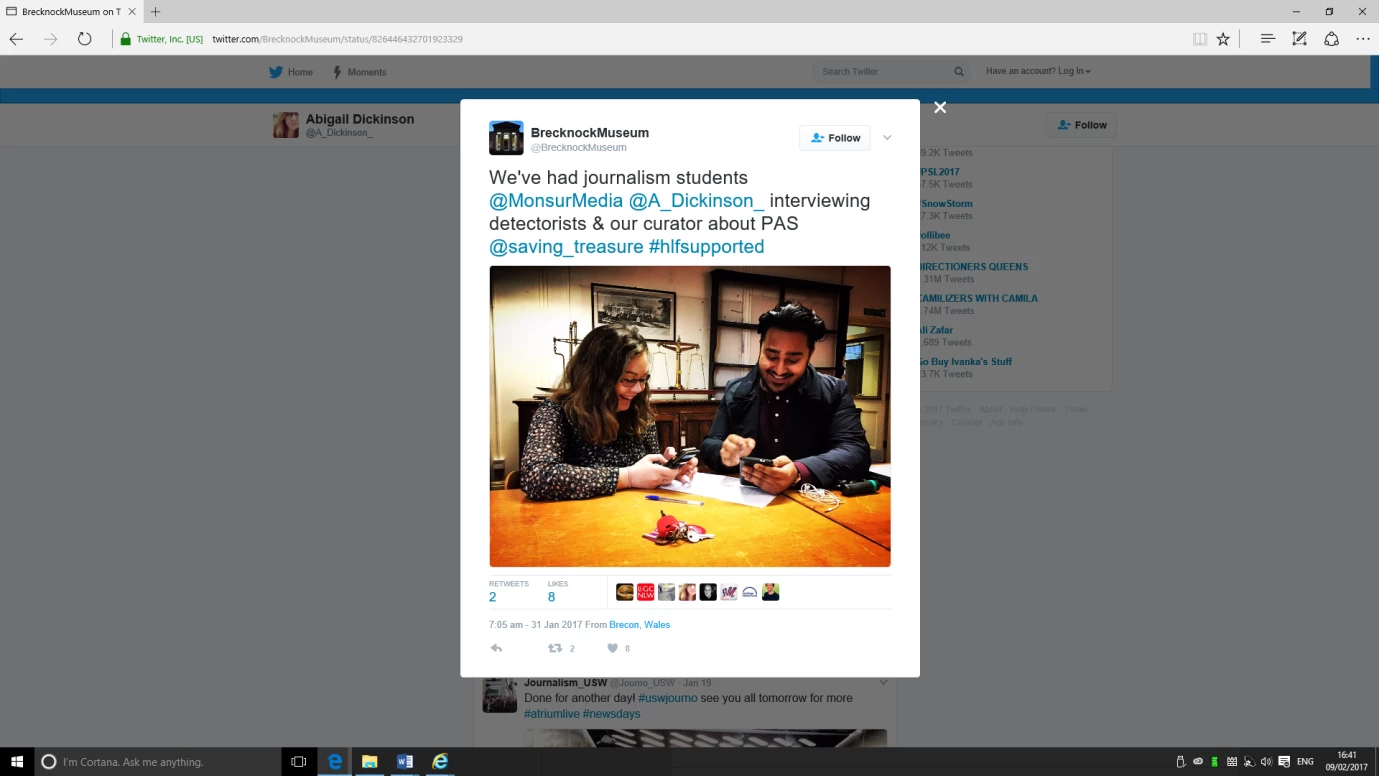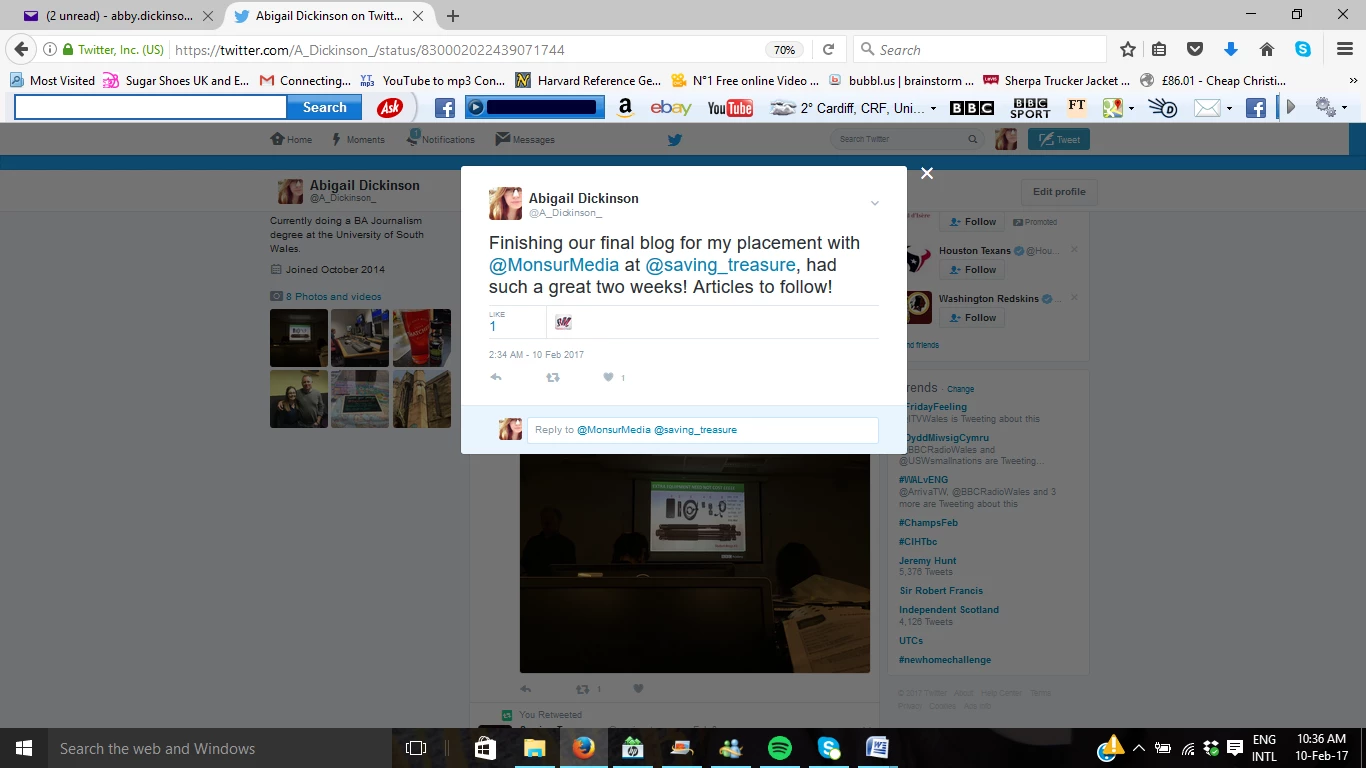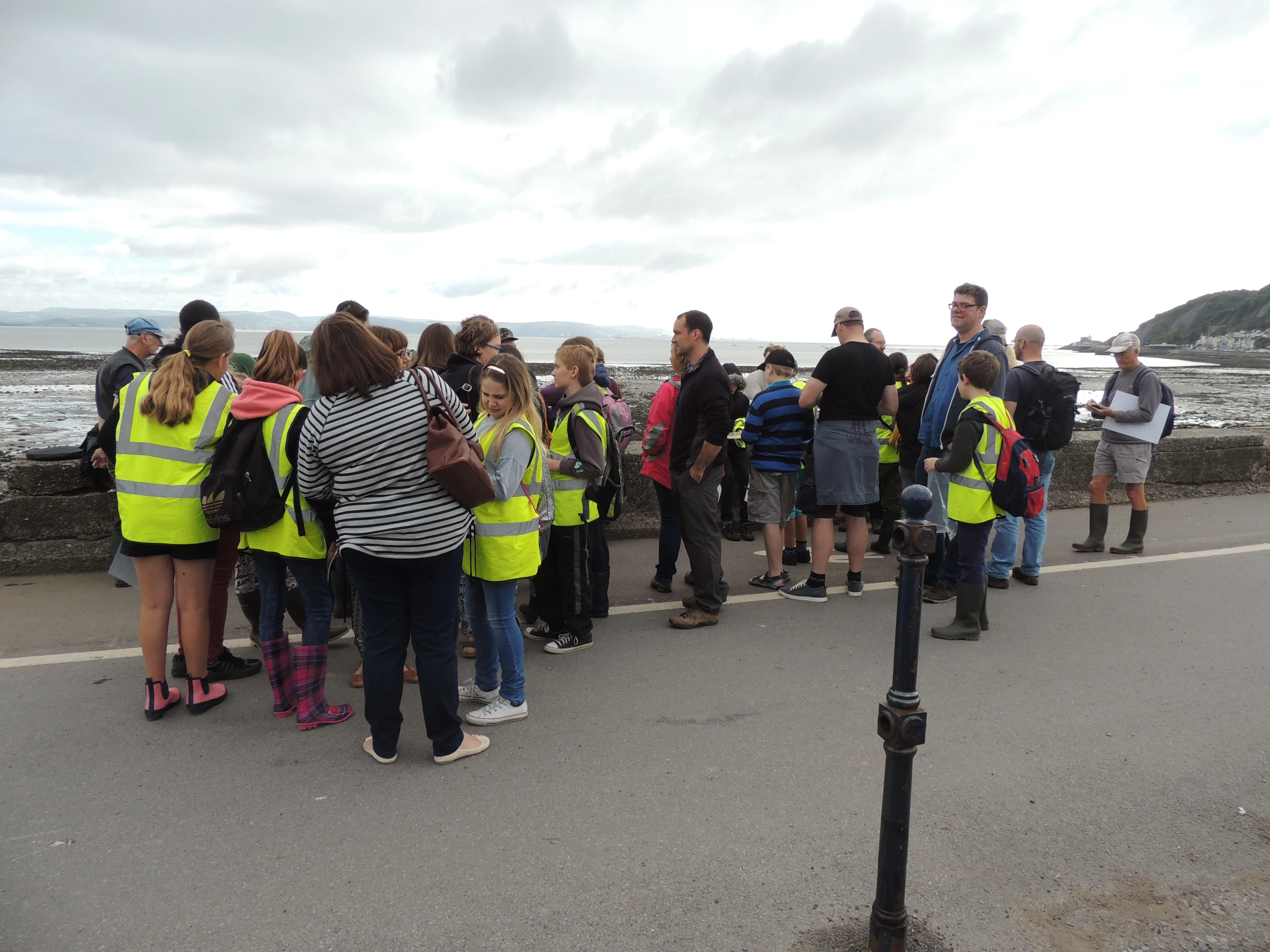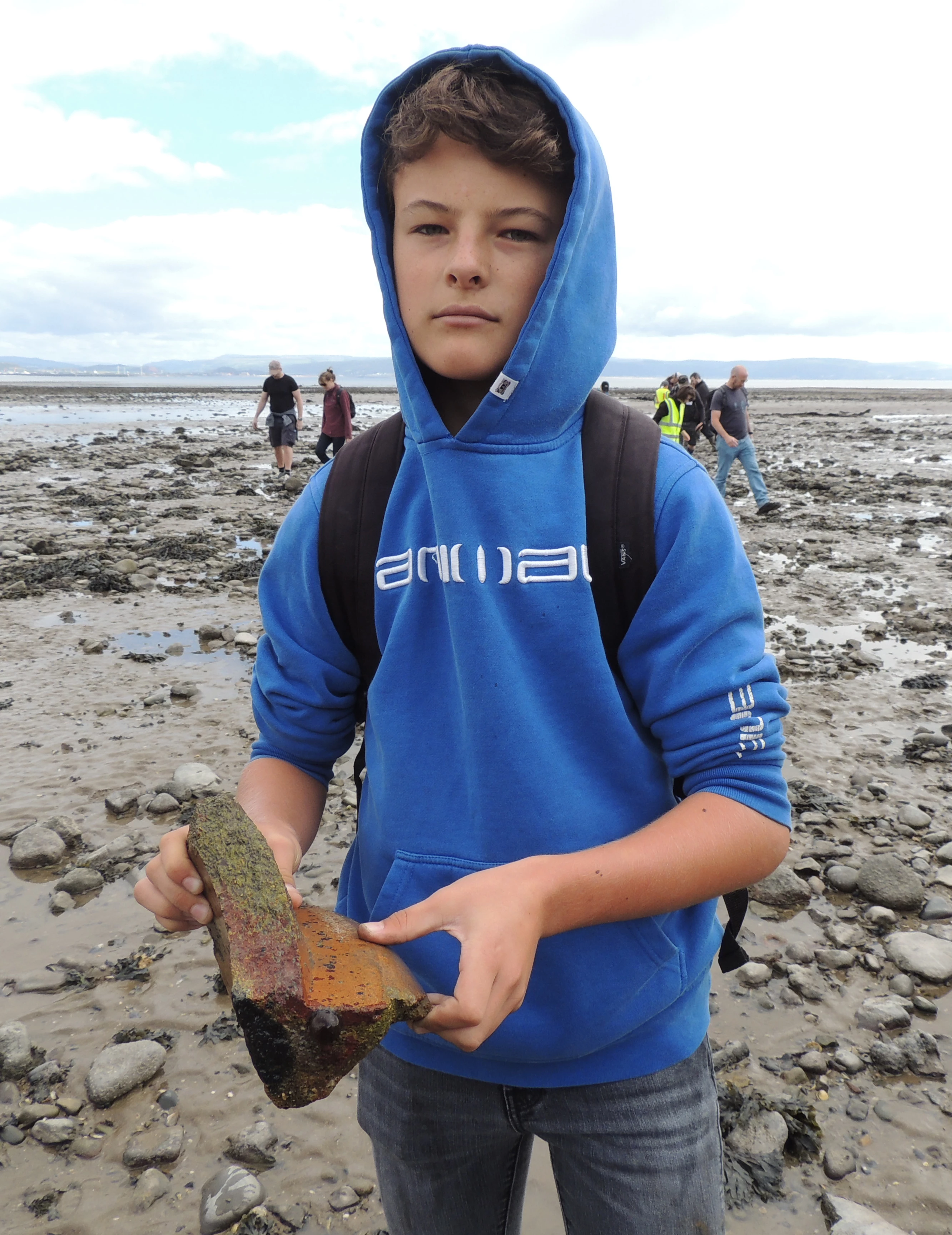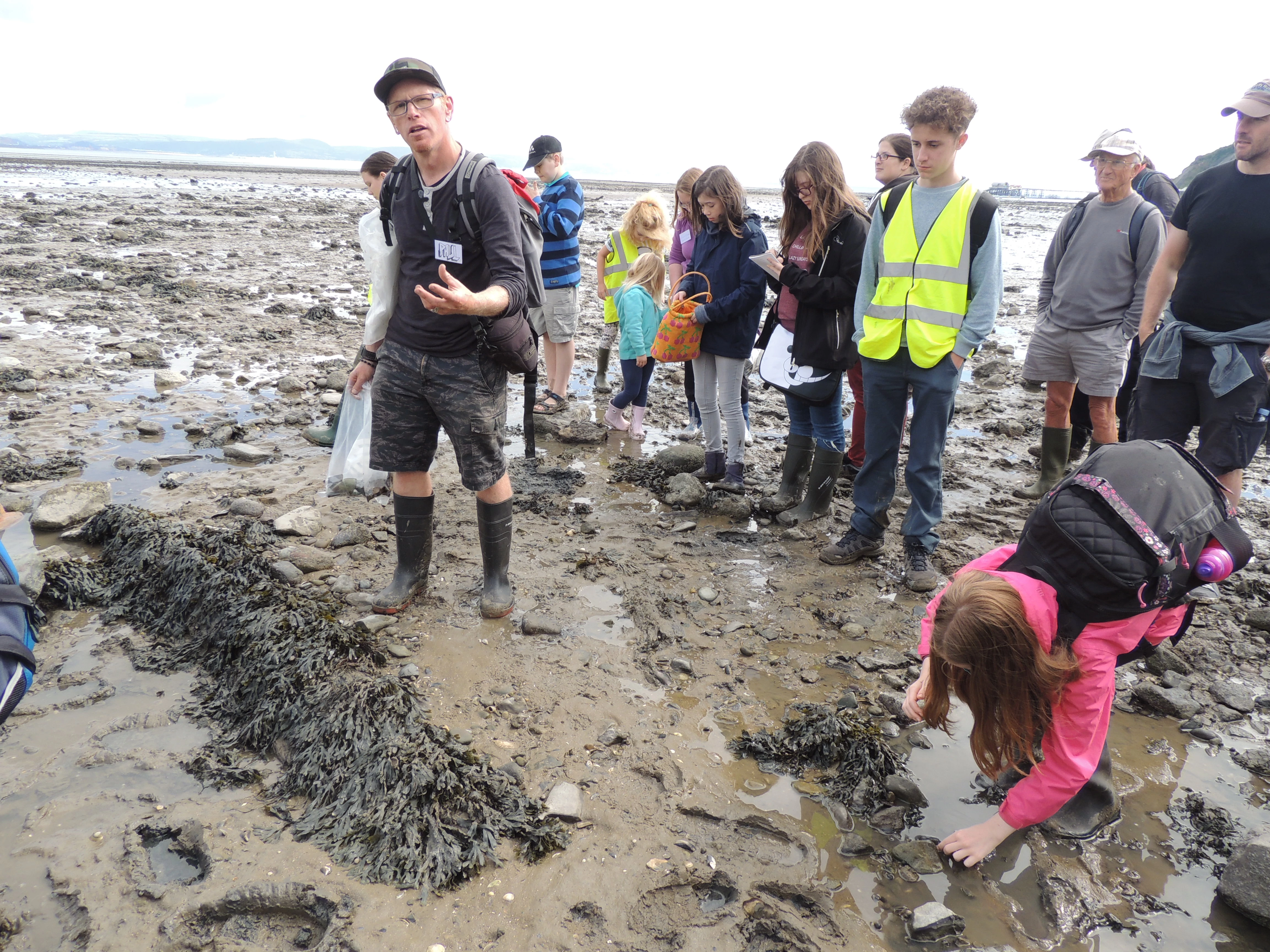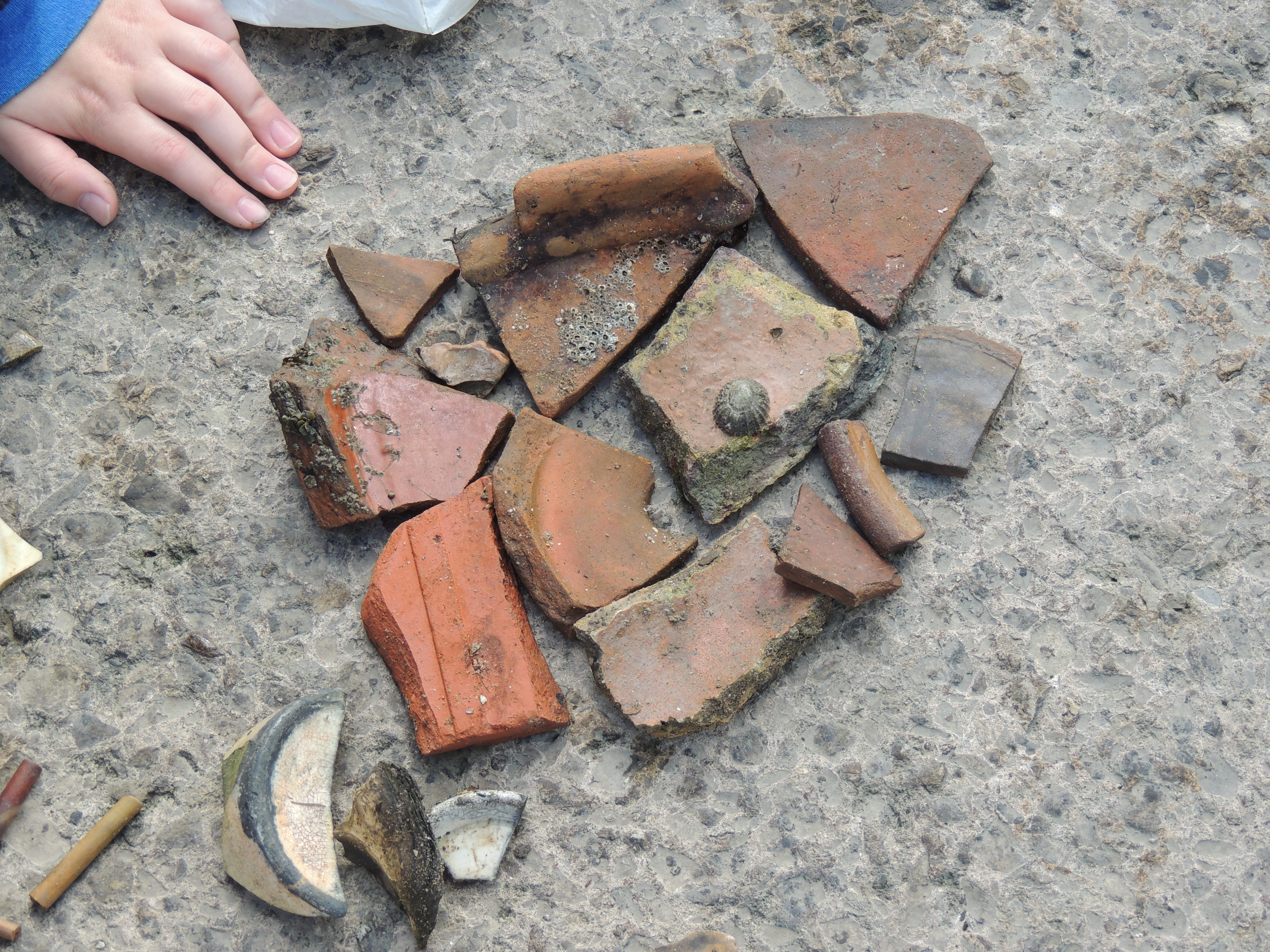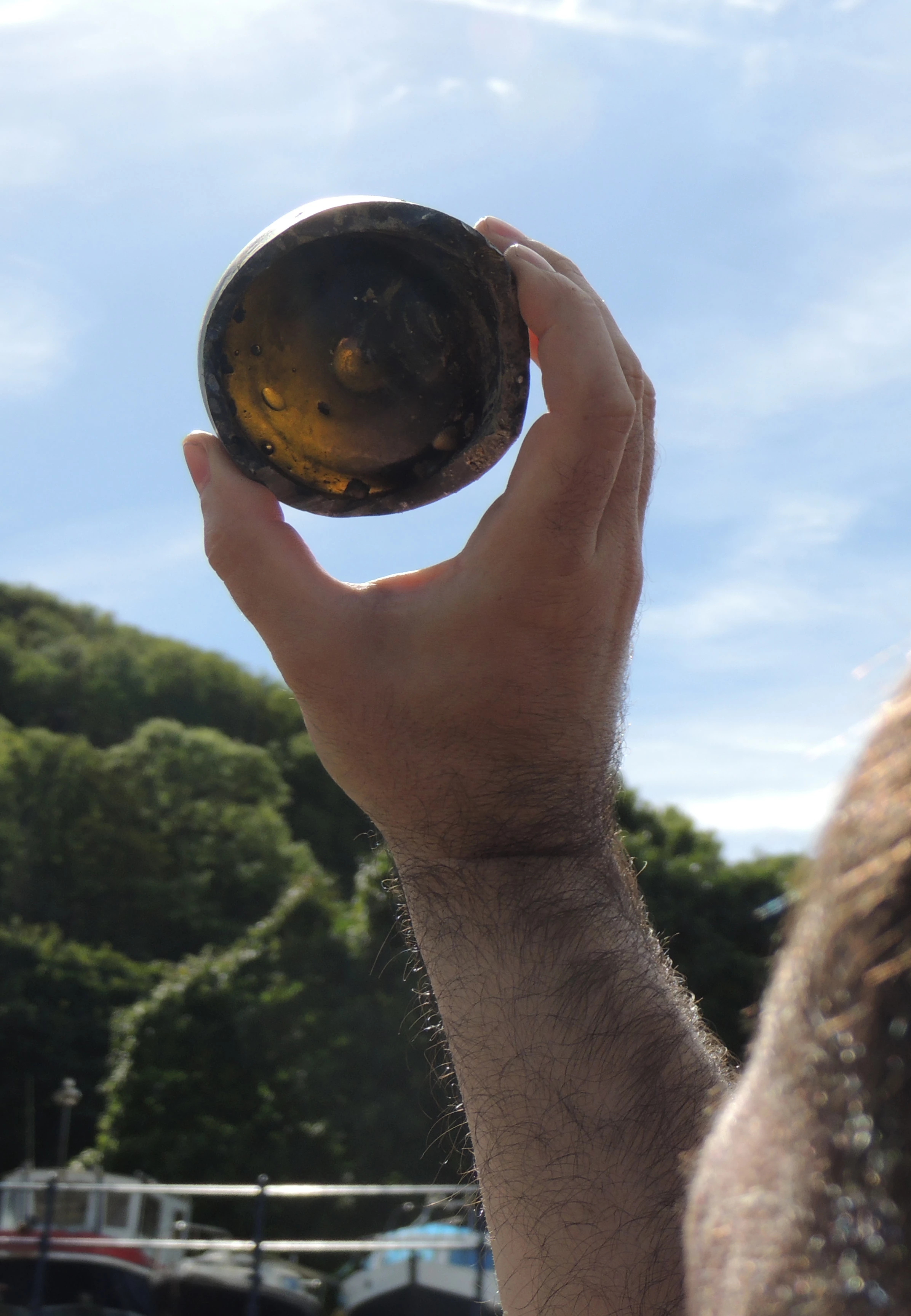Torfaen Treasure day
, 12 April 2017
Last Friday we attended the Torfaen Treasure Day at Pontypool Museum, where the latest treasure finds from the Trevethin and Henllys area were presented.
The treasure included a decorative gold finger-ring from the late 16th or early 17th century, as well as Bronze Age artefacts, which date back 3,000 years. The Bronze Age hoard consists of five Bronze Age artefacts, including three socketed axes and two spearheads and these will be the first Bronze Age items to be displayed at Pontypool Museum.
Adam Gwilt, Principal Curator (Prehistory) at Amgueddfa Cymru, presenting the Trevethin Hoard.
Rt Hon. Lord Paul Murphy of Torfaen, President of the Torfaen Museum Trust, welcomed in the event warming up the audience before presentations from Adam Gwilt and Rhianydd Biebrach from Amgueddfa Cymru and local MP Mr Nick Thomas-Symonds followed.
The newly declared treasure was presented to the museum by Adam Gwilt, the Principal Curator of Prehistory in the History & Archaeology Department. Adam talked about the history of the treasure and provided background information so the audience could gain a further understanding of the items. Since the items were acquired by Pontypool Museum with grant funding from the Saving Treasures;Telling Stories Project Dr Rhianydd Biebrach, the Saving Treasures; Telling Stories Project Officer discussed the key messages and aims behind the project. Rhianydd Biebrach, project officer for Saving Treasures Telling Stories at Amgueddfa Cymru, giving a presentation about the project.
The Saving Treasures; Telling Stories project is currently working with the University of South Wales assisting student journalists for a two-week work placement where they can use their journalistic writing and interviewing skills to help tell the stories behind items. We thought it would be a good idea to send them up to Pontypool Museum before the event to talk to the curators at the museum and the finders of the treasure.
They spoke to Gareth Wileman, a metal detectorist in the Pontypool area who found the hoard back in November 2014, and asked him how he felt about his discovery being exhibited. While we would have loved to hear from Simon Harrison, the finder of the gold finger-ring, he wasn’t available at the time so a potential phone interview looks likely for the next batch of students.
The students are still currently working on this project and will provide us with written and video content of their interview - so keep your eyes peeled on our Twitter and Facebook account for more content and videos coming your way!
The hoard is being acquired by Pontypool Museum with grant funding from the Saving Treasures;Telling Stories Project. This project, funded via the Collecting Cultures programme of the Heritage Lottery Fund, is acquiring archaeological objects discovered by members of the public for public museum collections across Wales. The project is also encouraging communities to engage with their pasts and portable archaeological heritage, by funding a programme of community archaeology projects led by staff in museums throughout Wales.


